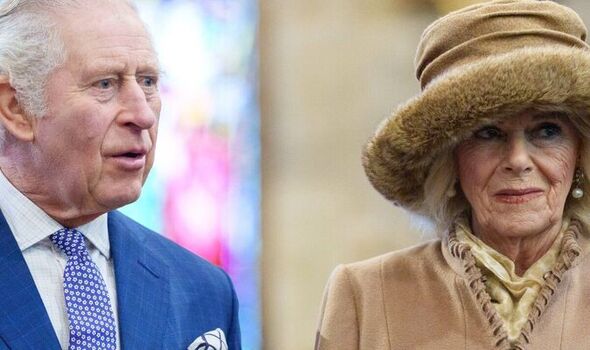King Charles was recently caught on camera losing his cool during a royal engagement with his wife, Queen Camilla, in Wales.
The incident occurred while the royal couple was on a walkabout in Wrexham, greeting members of the public in the city center.
In the video, King Charles can be seen looking visibly frustrated and requesting his aides to bring Queen Camilla back to him, as she was still engrossed in conversation with fans.
He could be heard saying, “Can we try and get her back again?
Please.
We need to go.
I was trying to wait for her but she goes on.”
The king’s reaction quickly drew attention from royal fans, who compared the couple’s behavior to that of any typical married couple.
Many found it relatable and endearing, with one user commenting, “Haha, that is just a typical married couple.
I think it’s cute and relatable.”
Another user added, “I think this is sweet and funny, just shows that he is human like the rest of us.”
However, body language expert Judy James analyzed the situation differently.
She noted that King Charles’s actions displayed not only a bad temper but also disloyalty towards his wife.
By referring to Queen Camilla as “she” and expressing frustration with her, he seemed to have an ongoing issue with her.
James observed that there were no signs of good humor, only a man pleading with his entourage to rescue him from the situation and move on to his next engagement.
While some viewers empathized with the king, relating his behavior to common marital dynamics, James argued that his public display undermined Queen Camilla’s status as the new queen.
She criticized King Charles for creating a scene that diminished his wife’s position and suggested that his actions were disrespectful.
This incident has sparked a debate among royal watchers, with some seeing it as a relatable moment between spouses, while others view it as a concerning display of disrespect.
Regardless of differing opinions, it serves as a reminder that even those in positions of power and royalty are subject to the complexities and challenges of interpersonal relationships.
